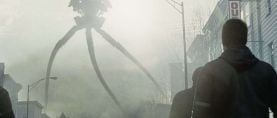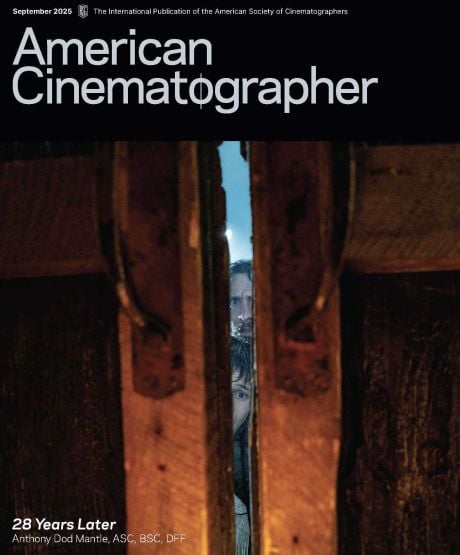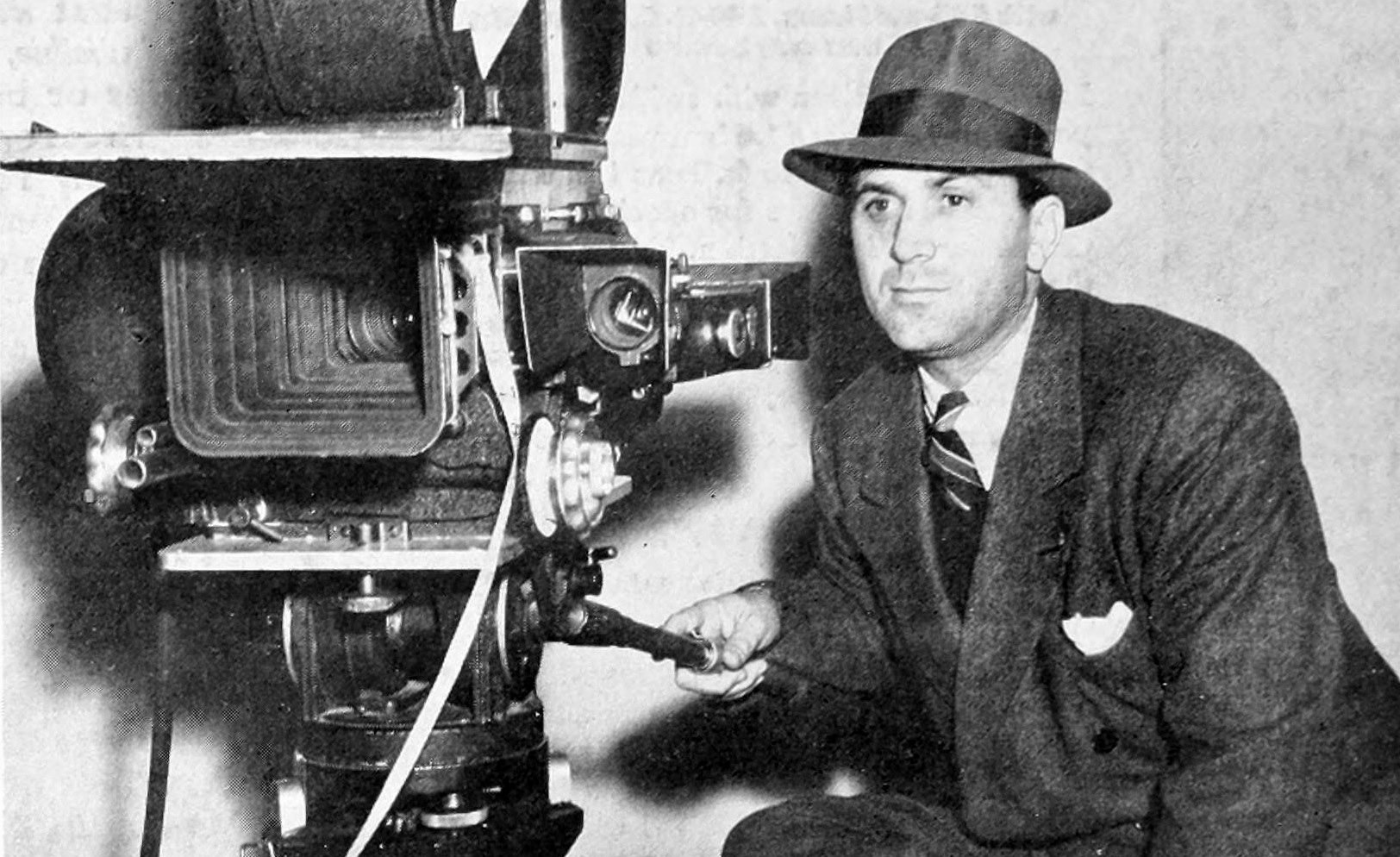
Aces of the Camera: Milton Krasner, ASC
“That’s why no ‘school’ of photography other than the old college of hard knocks can really turn out a studio cameraman."
“Aces of the Camera” was a profile series that ran in AC for several years starting in the early 1940s. This article originally appeared in AC May 1943. Some images are additional or alternate.
One of the publicists’ favorite clichés is the story (often only too true) of the little starlet — or scriptwriter — or director — who grew up right across the street from a Hollywood studio, but just couldn’t get a job there until she (or he) traveled dispiritedly to New York, “clicked” on Broadway or the radio, and came home to a big contract and a swimming-pool.
We hate to spoil the publicity-men’s dream, but Milton R. Krasner, ASC is a living refutation of their pet success story. Of course, he didn’t live in Hollywood, but in New York: but there he lived right down the street from one of the biggest of the early studios — Vitagraph [purchased by Warner Bros in 1925]. And when he was about 15 years old, he marched down the street to the Vitagraph studio and — got a job. But if the start was easy, what followed wasn’t; it took Milt the better part of the following 14 years to really make his mark on the profession and emerge as a full-fledged director of photography. He started, like many another, in the laboratory. Then he switched for a while to cutting — just long enough, he says, so he knew how a make a good splice, and have a slight idea of what goes on in the editing process.
“There’s an awful lot of good, first-string talent going to waste... just because most of the industry is afraid to give them a chance... because so many producers demand the security of established ‘names’ to photograph their big pictures.”
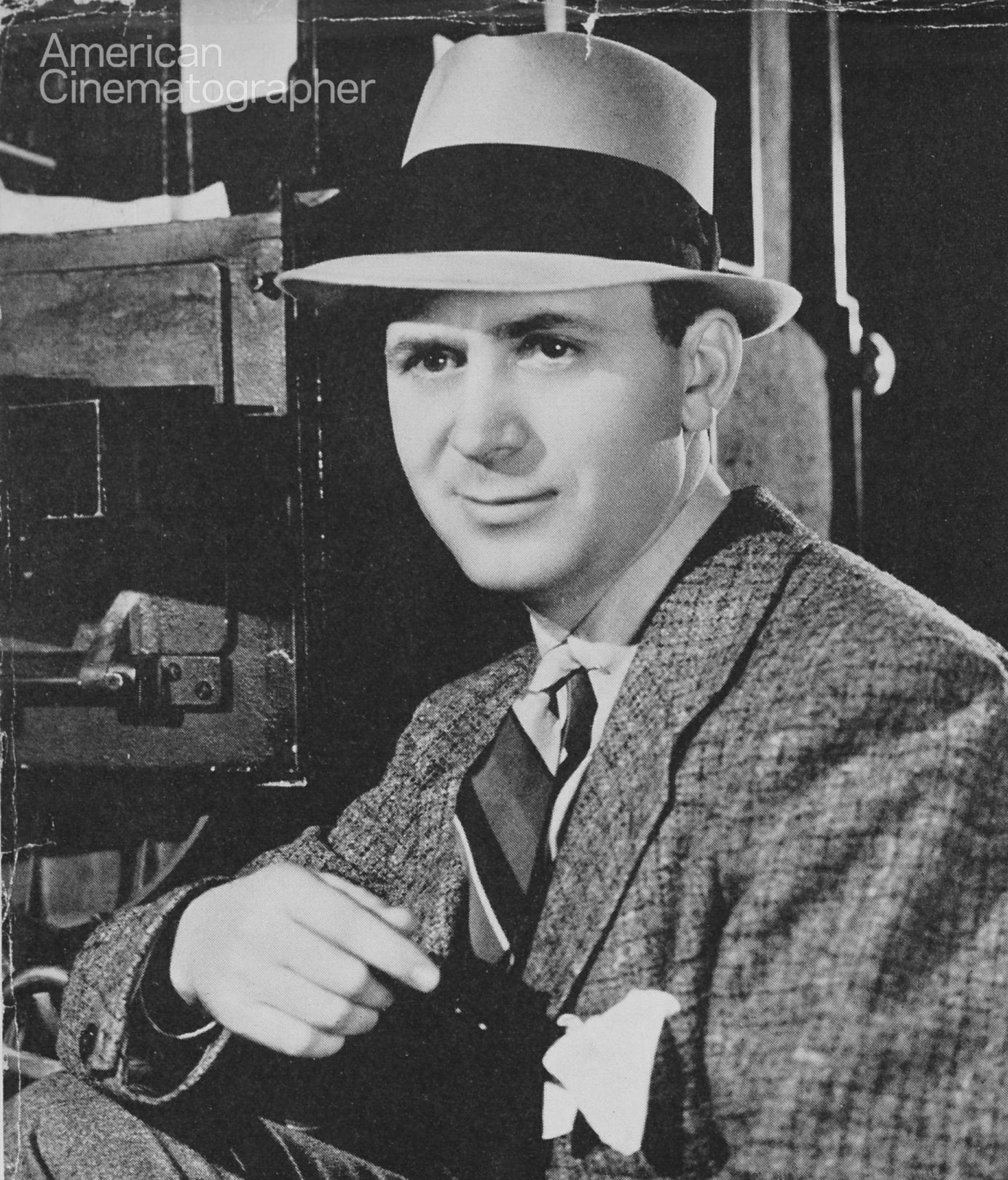
Then he got a chance to go out on a camera, as an assistant — a utility job which was just beginning to appear in the better studios. He carried the camera cases, held the slate, loaded and unloaded the magazines, and so on, for about six months. And then he was promoted to the more important job of second cameraman which, despite its importance, has proven so much of a dead-end street for so many fond photographic hopes. And there he stayed for more than ten years.
“But,” he’ll remind you, “in those earlier days a second cameraman’s job wasn’t what it is today. I think Bob DeGrasse put it right a couple of months ago when he said that the second man’s work then was more nearly like that of an associate cinematographer. Most companies used two cameras on the set: the first one, operated by the first cameraman, made the negative used for printing the domestic release. The second one was operated by the second cameraman, and made the negative used in making the foreign release-prints. I suppose that’s how those titles developed.
“And 20-odd years ago, the second cameraman had a good deal wider scope of action than he has today. When the going got tough and the front office put on the pressure to hurry up to meet the release schedule, the company would often split into two units, a good deal as it does today. Only in those days, the second unit would be in charge of a good assistant director and the second cameraman.
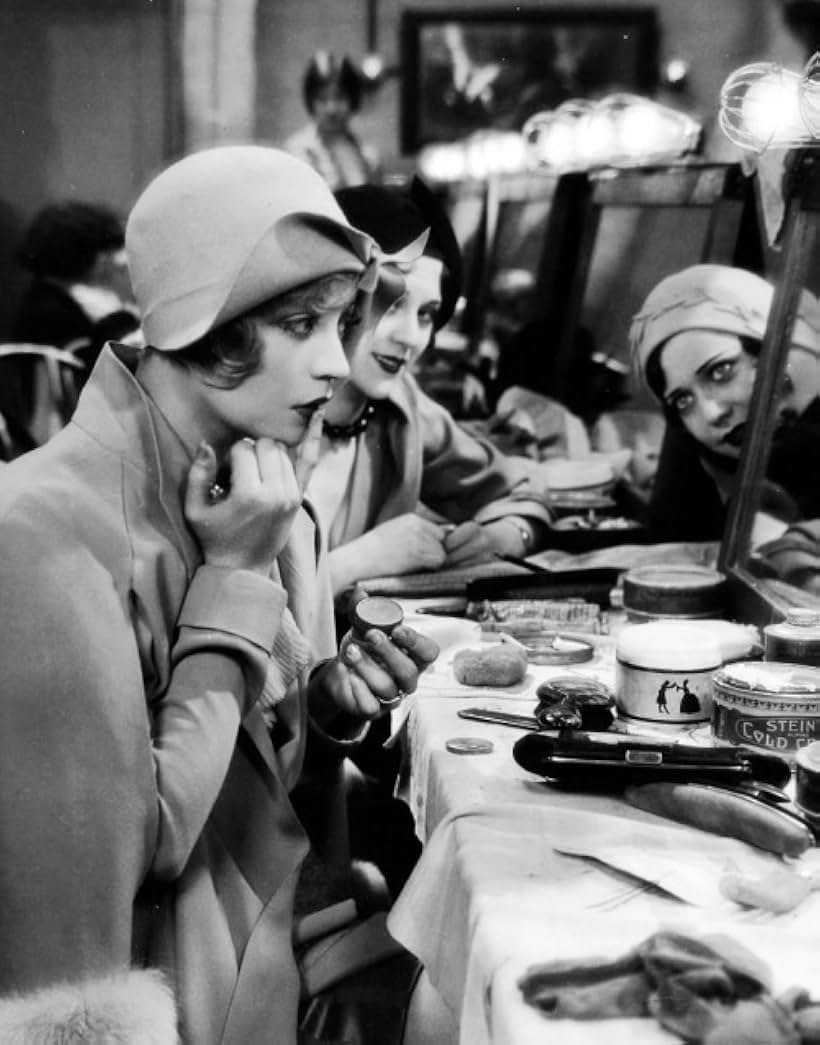
“Then, as the laboratories found how to make better dupe negatives for printing the foreign release, the need for the old-time second cameraman dwindled. At the same time, though, the complexities of the first cinematographer’s job began to increase — especially as sound came in — and there grew to be a real need for an experienced man who could take full responsibility for operating the camera, while the first cinematographer concentrated his full attention on lighting, composition, and the dramatic aspects of his job. So today’s operative second cameraman was born.
“But those years I spent as second and operative were the best sort of training anyone could have. I worked on all kinds of pictures — big ones and little ones — with the very best cinematographers in the industry. I learned not only what one person would do, but what half-a-dozen really great cinematographers would do when confronted by some similar problem, whether it was lighting some particular type of face, or figuring out the execution of some peculiarly difficult setup or dolly shot.
“That’s why no ‘school’ of photography other than the old college of hard knocks can really turn out a studio cameraman. Just think of the tremendous investment represented not only by the big major-studio ‘specials’ I worked on with such masters as John Seitz, ASC; Hal Mohr, ASC Lee Garmes, ASC and the others, but also on the scores of tough little program quickies and westerns. Just as a matter of plain dollars and cents, no school could have afforded the huge production investment which gave me my real training in practical cinematography. And without that practical experience I couldn’t have learned. None of us could.
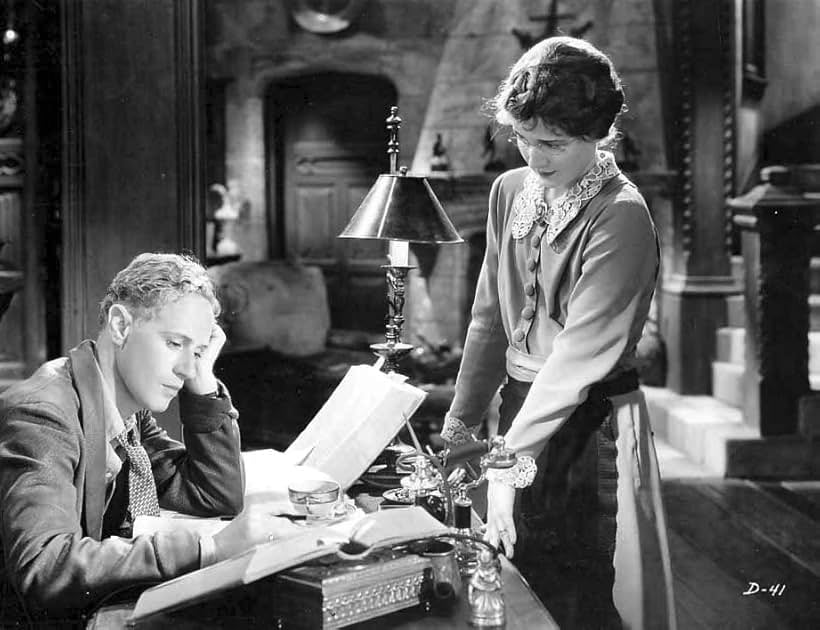
“That diversified training came in handy when I finally got my break as a first cinematographer. Do you remember how, 10 years ago, [producer] Charles R. Rogers was making himself a bit unpopular on the Paramount lot by turning out, independently, program releases for them, using their stars and their studio facilities, but at a cost a good deal less than half of what they could do it for — ?
“Well, I had worked with Mr. Rogers before, at the old First National and elsewhere, and he had confidence in me and in what I could do. I worked for him on several of these pictures, as operative cameraman for Henry Sharp, ASC, and others, and, finally, Mr. Rogers decided I was ready for a chance shooting first camera for him. So he promoted me — it was on an unimportant little picture called Strictly Personal — and while, looking back on it, I don’t think I did any too well, at least it suited Mr. Rogers, and was reasonably good and done very fast. So I stayed on as a first cinematographer.”
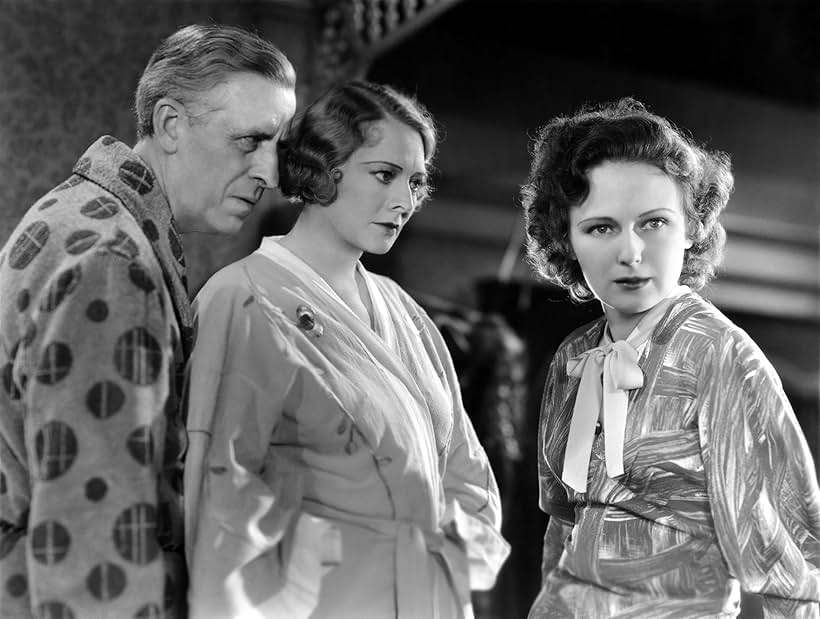
He stayed on at Paramount, too, for several years. Then one day when things were slack at Paramount, he got a call from MGM... he went out to the Culver City plant for one picture (Murder In the Fleet) — and stayed for more than 10 months before leaving for Universal, to answer a call from his old chief, Charles Rogers, who was then Universal’s production head. And there he has been ever since.
His work there has included a good bit of everything from program films and chillers to some of the studio’s biggest productions... and he has taken all of it in his stride, with a clearly perceptible professional growth. It was through his camera, for instance, that Abbott and Costello first came to the screen in Buck Privates. And at the other end of the photographic scale he has made such pictures as Frank Lloyd’s Lady from Cheyenne and The Spoilers, the latter starring — and satisfying — the photographically hard-to-please Marlene Dietrich; and Walter Wanger’s We’ve Never Been Licked, and the Technicolored Arabian Nights, which proved so strong a contender for this year’s Academy Award for Color.
“Despite all these years, of rumors about the difficulty of color camerawork, I found it surprisingly easy — easier, even, than black-and-white.”
Krasner feels strongly that it is a cinematographer’s professional duty as soon as he reaches the point where he is known and sought after, to see to it that he does not have to do too many pictures a year, and that he have the privilege of choosing his stories at least as freely as a director or player of equal standing.
“There’s a double reason for that,” he says. “First of all, it keeps me at my best, physically and mentally, so I can give my best to each picture I photograph. Second — and maybe more important in the long run — if I decline a picture because I don’t like the story, or because I feel I need a vacation before taking on another assignment, it’s going to give somebody else a chance at it. Maybe somebody who is just itching for something just a little better than he’s been doing, but who never would have had it if the studio had been able to persuade me to do it. And that’s likely to give the industry another ‘A-picture’ cameraman... or rather, let them discover that ability in someone they’ve just never given the chance to show it.
“I feel pretty darn strongly on that point. My own experience as an operator and as a ‘B-picture’ director of photography has convinced me that there’s an awful lot of good, first-string talent going to waste in those categories, just because most of the industry is afraid to give them a chance... because so many producers demand the security of established ‘names’ to photograph their big pictures. Well, these last ten years we’ve seen a lot of those established photographic ‘names’ killed off from sheer overwork. Yet somehow the younger fellows who have come up take their places, whether by promotion from operative jobs or promotion from ‘B-picture’ oblivion, have managed to do just about as well, haven’t they — ?
“On the other hand, I don’t mean that the fellows who get up to where they can pick and choose their pictures should try to specialize on any one type of picture, or on working with any given star, director or producer. Any cameraman worthy of the name should be able to do any sort of picture with equal facility.
“And he shouldn’t let himself be scared away by the report that this star is hard to photograph, or that director or producer tough to work with. If he approaches the assignment open-mindedly, and with the right kind of ability (not trying slavishly to imitate what he’s seen other cinematographers do with the same star), he’s likely to find, as I have on several occasions, that the assignment he thought was going to be difficult is actually easy and pleasant. Instead of being unequal to it, he may even find himself being praised for having done better than many another fellow with a bigger name!
“But about that business of specialization — I’ll have to take part of it back. A few months ago I finished by first Technicolor picture, and before long I’m due to start another. And if I had to specialize in anything, I think I’d like it to be color. Despite all these years, of rumors about the difficulty of color camerawork, I found it surprisingly easy — easier, even, than black-and-white, And it’s so much more gratifying on the screen, and so much more filled with as yet unattained possibilities, that I'll admit I’d like to do more of it... to explore more of the artistic and technical possibilities of what is, I am sure, the coming medium for truly expressive camerawork.”
Following this profile...
Kasner’s resume only became more diverse and impressive, with projects ranging from cult favorites like The Invisible Man's Revenge (1944) and Beneath the Planet of the Apes (1970) to Hollywood classics including No Way Out (1950) and A Star is Born (1954). Later, he even shot an episode of the detective series Columbo.
Krasner also worked with the Marilyn Monroe on multiple occasions, shooting some of her most famous films, including The Seven Year Itch, Bus Stop, Monkey Business and All About Eve, among others.
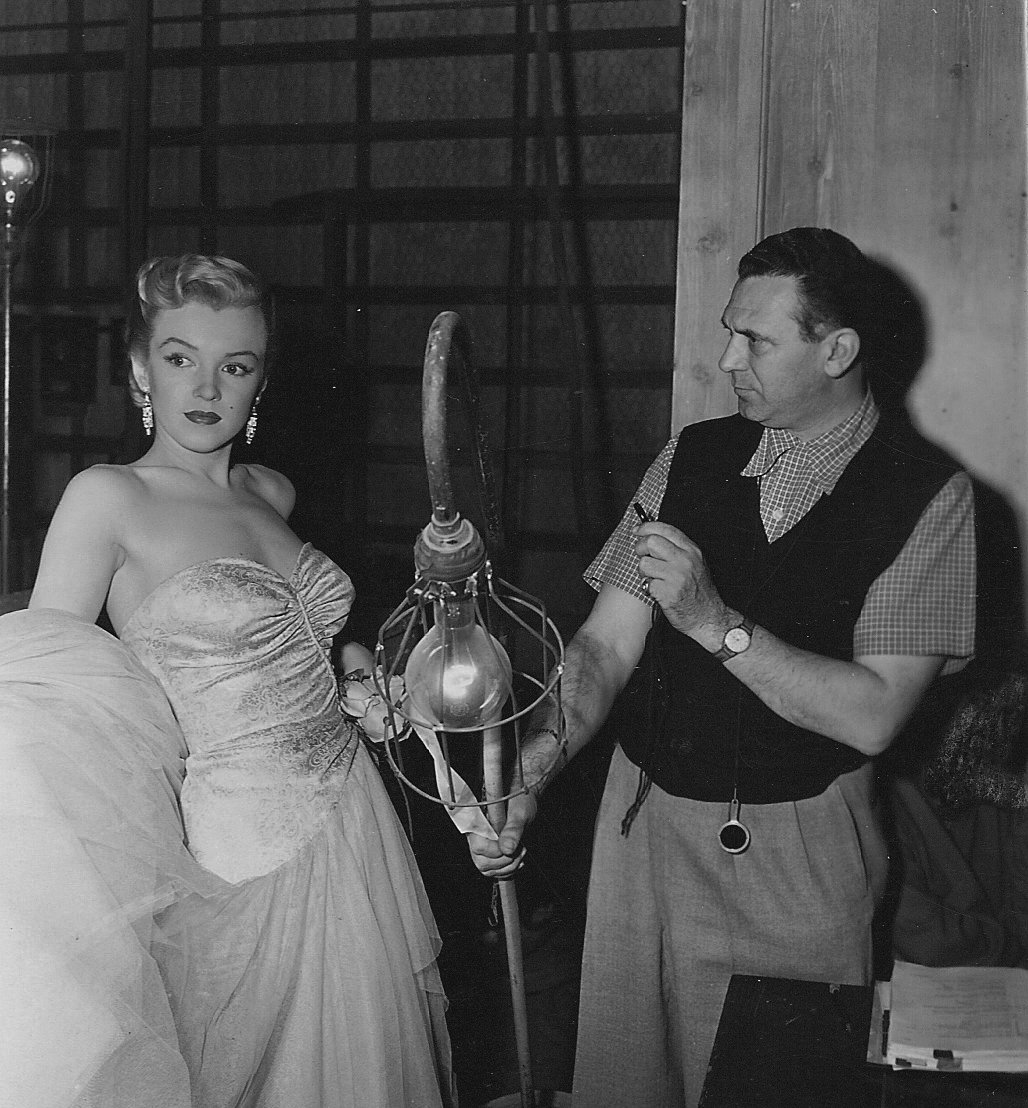
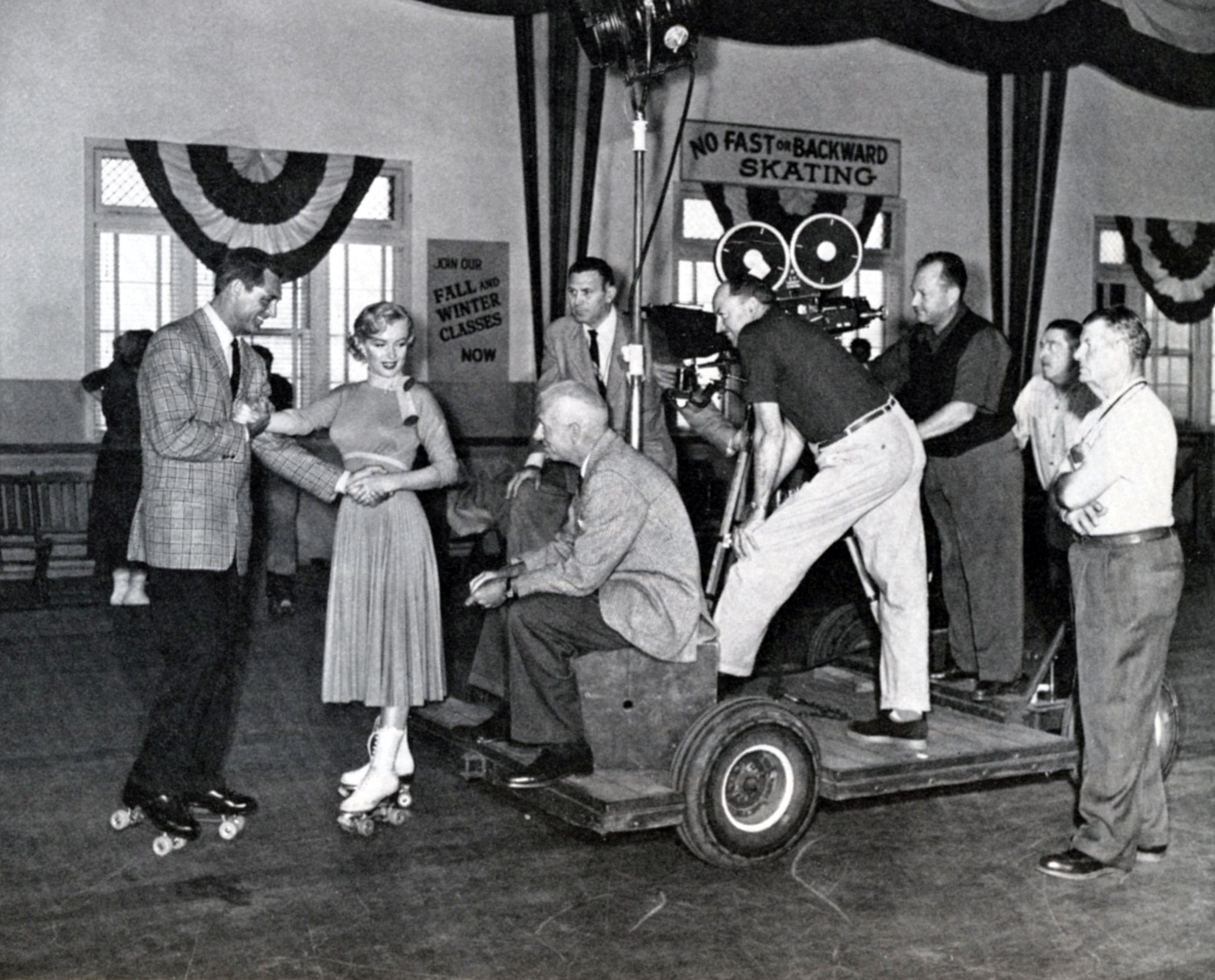
By 1965, Kasner had been well recognized by his peers, receiving the award for Best Cinematography at the Cannes Film Festival in 1949 for The Set-Up. Additionally, Arabian Nights, All About Eve, An Affair to Remember, How the West Was Won, Love with the Proper Stranger and Fate is the Hunter all received Oscar nominations for his camerawork. His lone Academy Award win came in 1955 for Three Coins in the Fountain.



